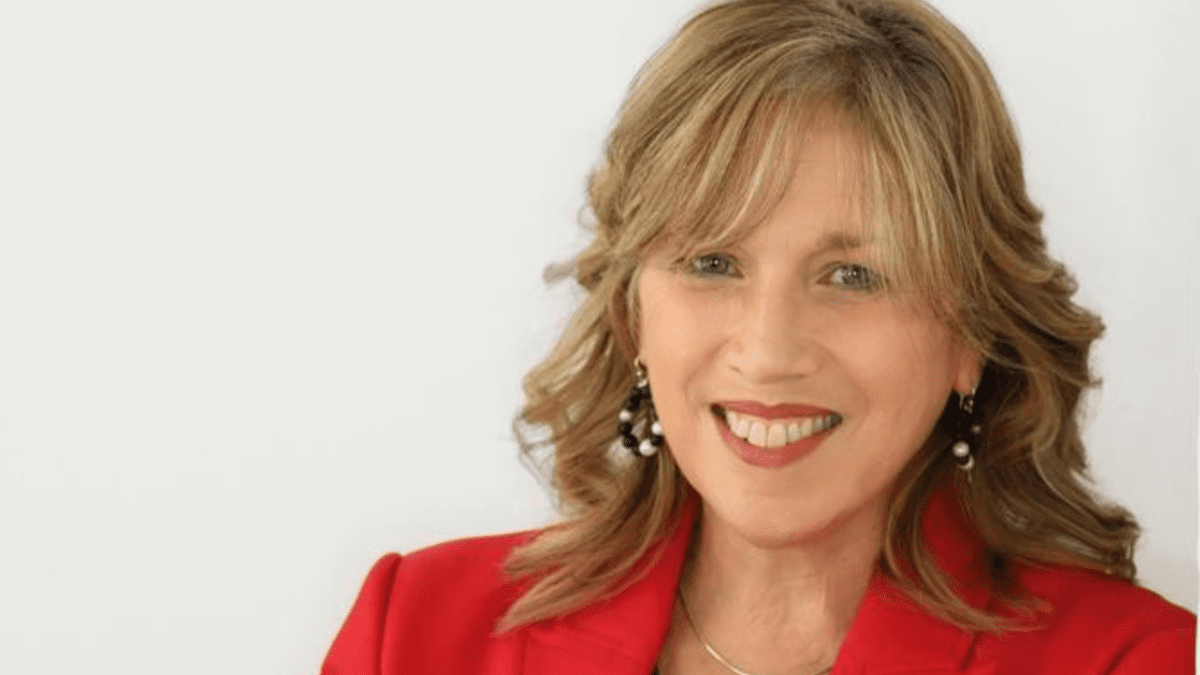Messages from the Dixon mess
Over a year ago I made some comment on breaking news that Dixon Advisory, the wealth arm of listed wealth giant Evans Dixon (ASX: ED1), had been publicly called to task on recommendations for clients to invest in several of its in-house investment products that had performed poorly. One particularly egregious performer was its heavily recommended US property fund, URF, and other related products. [Hot tip: hang on for something similar soon with another from the stable, NEW Energy Solar.]
It appears these complaints have not fallen on deaf ears, with Federal Court proceedings now being launched by the Australian Securities and Investments Commission (ASIC) over alleged failure of Dixon Advisory to act in their clients’ best interests.
I will suspend comment on the above matter until resolved. But it is timely to repeat some of my previous guidelines that should be considered when seeking advice. Particularly when a recommendation involves some form of in-house product.
Aligned advice
It seems to an outsider (glaringly so after the Royal Commission), that an adviser recommending that you invest 50% or more in house-branded products should warrant some sort of third-party review.
Unfortunately for most, the time and cost incurred in seeking the initial advice generally mean that seeking alternative points of view can be beyond what is left in the schedule after family and work commitments.
The sad part of this scenario is that these clients have suffered the common triple ignominy of disappointing returns from investments recommended in the advice they have paid for, from the product supplier!
Moral: Be wary when you are being charged an advice fee to go into an investment product from the same company that is advising you. Don’t be afraid to ask what other external investments have been considered for a comparison.
High Fees
The URF is in the spotlight at the moment with what was a cash cow, no question. The obscurity of the type of the investments in the fund makes the fee structure hard to mark-to-market (that is, to value), and the fees charged are hard to quantify. For mine, fees are a headwind to performance, so it always pays to ensure that you are paying a market rate for the exposure. If stated fees start in the 100s of basis points, you have to wonder if there is going to be much left over for the investor!
Does this mean that it is a bad investment opportunity? Probably not, but like all things, the less you know, the less you should have invested as a proportion of your net worth.
Moral: unless you are investing in moon rocks, there is a high probability that similar investments exist. Don’t be afraid to ask for comparable options, the reasons why these were not selected, and fee comparisons.
Poor Liquidity
The ability to sell an asset at a time that suits you is a critical component of investment. The more obscure the investment, the harder this is to ascertain at the time of purchase, especially among the promise and emotion of an advice presentation that is centred on your retirement.
Investments in vehicles like listed investment companies (LICs) ensure longevity of funds for the investment manager. Capital is effectively locked-up, which means that as an investor, the onus is now on you to either (a) find a higher bidder in order to get your money back, or (b) accept whatever opaque mechanism exists for getting your money out.
Demand for the LIC can wane, meaning significant discounts in unit price when compared to the actual amount invested in the fund. As the seller, you must absorb the difference.
Moral: Again, the less you know, the less you should have exposed yourself to the investment. Making sure at least some, if not most of your investment should be placed in areas known for high liquidity, such as large-capitalisation public companies and federally sourced bonds.
Selling stock in your own company
Undoubtedly, the strength of the Dixon Advisory and Evans & Partners brands was built on strong client relationships. Why wouldn’t clients want to share in the potential prosperity of an upcoming float?
The advisory model of building a network of advisers and clients before essentially becoming a product provider is a well-trodden (and lucrative path) that appears to still be socially permissible – until the carousel stops.
The obvious red flag here is not the promise but the reality that the combination of (a) in-house advice, (b) big positions in in-house products and (c) equity in the firm, means that most of your eggs are in one basket. If the in-house products have problems, you will quickly learn that you are not as diversified as you thought.
Moral: Diversify. But more importantly take a big-picture look at your diversification to make sure that there is not a common thread running through what might at first glance seem unrelated.
Wrap up
Any investment can go wrong. I am not indicting the URF for making mistakes.
What I am saying, though, is that mixing aligned advice, high fees, illiquid assets, and related-party transactions will quite likely create an incentive structure for financial advisors and wealth practices that doesn’t match the needs of the average investor.
When assets are going up in value it doesn’t matter, but when things go wrong the negative effects can multiply. When it comes to securing your retirement, it pays to keep things simple.
Written by Tim Fuller, Head of Advice, Nucleus Wealth








